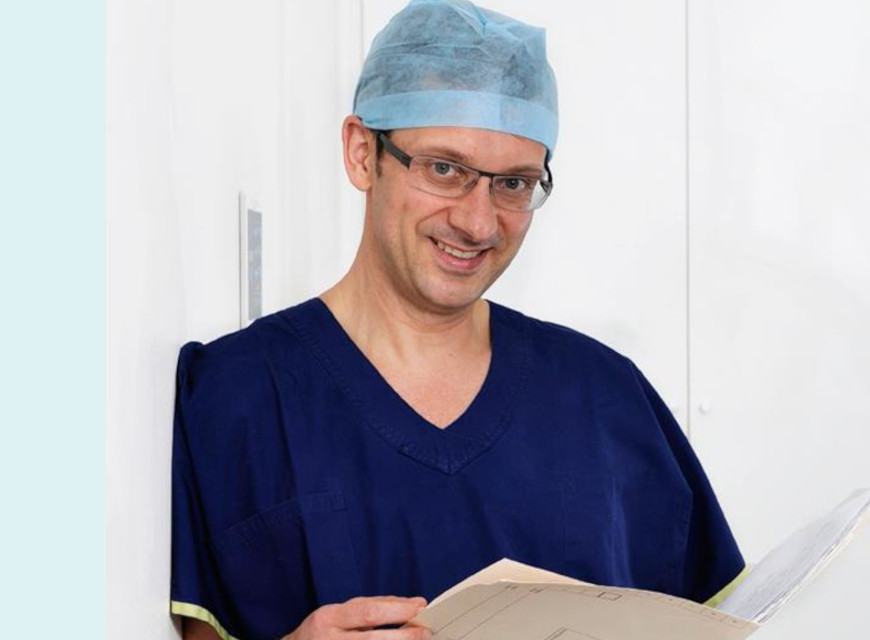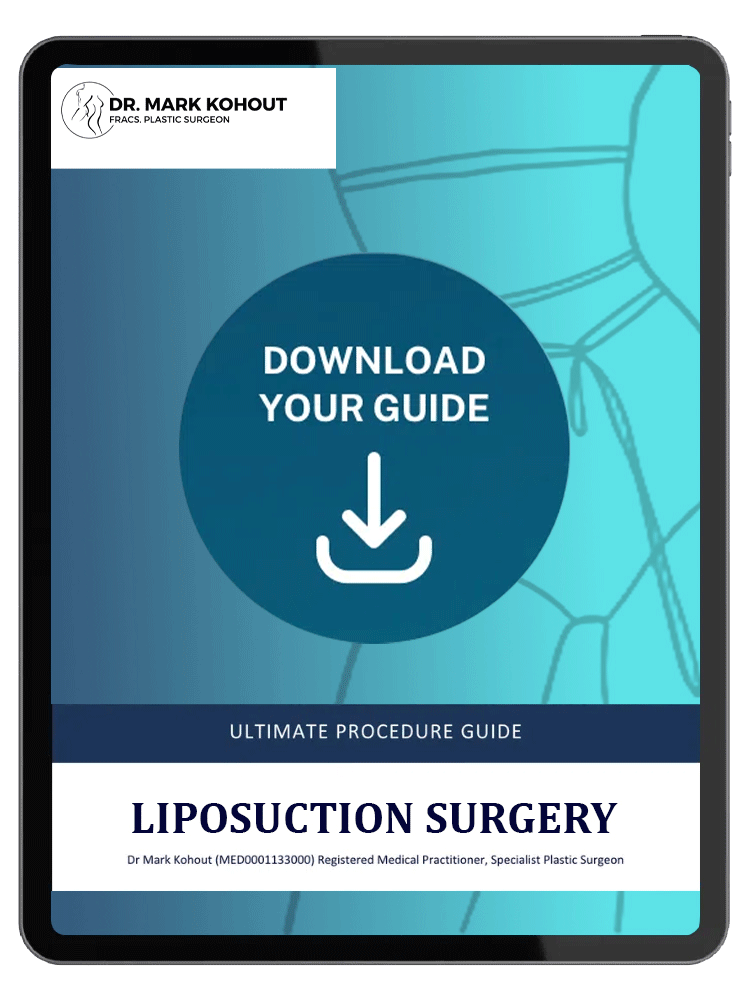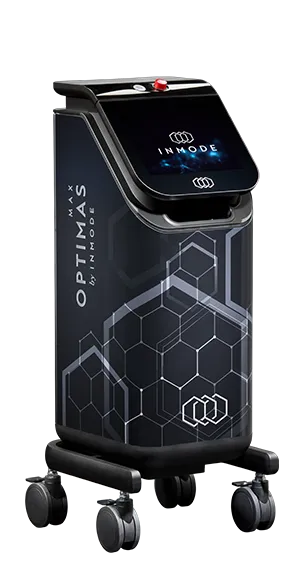
Losing a significant amount of weight is an accomplishment that can bring real changes in mobility, energy, and overall health. Many people in Sydney are now achieving weight reduction through newer medications such as GLP-1 receptor agonists, which can support consistent weight loss when combined with diet and exercise. While the health benefits of weight reduction are clear, one of the most common physical challenges that remains is excess or loose skin. Skin is an adaptive organ, but it does not always retract fully once fat volume is reduced.
This article outlines why skin changes after substantial weight loss, what BodyTite surgery involves, and how it compares with other procedures performed by Dr Mark Kohout, Specialist Plastic Surgeon In Sydney. It also explains what the evidence says about BodyTite, the risks patients should be aware of, and the patient journey from consultation through recovery.
Why Skin Changes After Weight Loss
When the body increases in size, the skin stretches gradually over time to accommodate the changes. The skin contains elastic fibres and collagen that allow it to expand, but once these fibres are stretched beyond a certain point, they may not return to their original state. Patients who have carried excess weight for many years often find that, even when the underlying fat is lost, the skin remains stretched.
Age plays an important role in this process because collagen production slows steadily as the years progress. A person in their twenties or thirties may still have some degree of natural skin recoil, while those in their forties, fifties, and beyond are more likely to notice visible folds of skin remaining after weight loss. Genetics also make a difference, with some people naturally having thicker, more elastic skin and others developing stretch marks or sagging earlier.
The rate at which weight is lost is also significant. With newer medications such as semaglutide, patients can achieve relatively rapid reductions in body mass. While this can be encouraging, it may leave the skin with less time to contract and adapt, which can make laxity more pronounced. Even individuals who exercise regularly and strengthen the underlying muscles may still find that their skin does not respond as they would like.
This excess skin can appear in many areas. The abdomen is particularly common, as it is one of the largest regions affected by weight fluctuations. The arms, thighs, back, and chest can also show folds or hanging tissue. Some patients describe discomfort when exercising, irritation from skin rubbing, or difficulty finding clothing that fits well. For others, the concern is primarily aesthetic, as they feel their new body shape is hidden beneath excess skin.
What Is Bodytite
BodyTite is a surgical technique that combines fat reduction with radiofrequency-assisted tissue tightening. The procedure uses a technology known as radiofrequency-assisted lipolysis, where a small incision allows the insertion of a slender probe beneath the skin. This probe works in tandem with an external electrode placed on the surface. Together, they deliver controlled radiofrequency energy directly into the tissues.
As the tissue is gently heated, fat cells begin to break down and can be aspirated if necessary. More importantly, the surrounding collagen fibres contract as they are exposed to thermal energy. This immediate contraction is followed by a longer-term healing response in which the body produces new collagen, gradually firming the skin over several months. The effect is not instant but develops progressively as the tissue remodels.
Unlike excisional surgery, which removes skin entirely, BodyTite aims to encourage the existing skin envelope to contract and adhere more closely to the underlying structure. The procedure is performed under anaesthesia in an accredited facility, and patients typically return home the same day. The incisions required are very small compared to traditional operations, although they are still carefully placed and require appropriate aftercare.
In Sydney, Dr Mark Kohout, Plastic Surgeon, performs BodyTite for patients who have mild to moderate skin laxity and wish to explore a surgical option with smaller incisions. The suitability of this procedure is always determined through a thorough consultation and physical examination.
Who May Consider Bodytite
BodyTite is not designed for every patient with excess skin. Its main role is in those who have experienced moderate weight loss or who have areas of mild laxity that are unlikely to be addressed with lifestyle measures alone. Patients who have completed their weight loss journey and maintained a stable weight for some time are generally better suited than those who are still actively reducing.
Good general health is another key factor. As with any operation, anaesthesia carries risks, and patients with uncontrolled conditions such as diabetes, heart disease, or smoking-related illness may not be ideal candidates. A consultation with a Specialist Plastic Surgeon allows a full review of medical history and overall fitness for surgery.
Realistic expectations are essential. BodyTite can support skin contraction and address body contour, but it does not eliminate all loose skin, nor does it create the same results as excisional surgery in cases of severe excess. Patients who expect a more subtle tightening, rather than a dramatic reshaping, are usually the most satisfied with the outcome.
For those with extensive folds of skin, particularly after very large weight reductions, excisional operations such as abdominoplasty, thigh lift, or arm lift are more likely to achieve the desired changes. In such situations, BodyTite may not provide enough tightening and could be used in combination with other procedures rather than as a standalone treatment.
How Bodytite Compares To Excisional Surgery
Understanding the difference between BodyTite and excisional surgery is important for informed decision-making. BodyTite uses radiofrequency heating to contract tissues and stimulate collagen, meaning the patient’s own skin is remodelled rather than removed. This approach leaves very small scars, usually just a few millimetres long, and may suit those who prefer less invasive surgery.
Excisional surgery, on the other hand, physically removes skin and reshapes the underlying tissues. A tummy tuck, for example, can remove a substantial apron of skin from the abdomen, while a brachioplasty can remove hanging tissue from the arms. These operations provide more dramatic adjustment for patients with severe laxity, but they involve longer incisions and a longer recovery period.
In Sydney, Dr Mark Kohout explains to patients that the choice between BodyTite and excisional surgery is not about which is “better” overall, but rather which is more suitable for their particular circumstances. For some, BodyTite provides enough tightening without the need for a larger procedure. For others, particularly those with heavy folds of skin, excisional surgery may be the only way to achieve the desired contour.
What to Know About Liposuction
In this video, Specialist Plastic Surgeon Dr Mark Kohout discusses general information about liposuction surgery. He outlines how the procedure is commonly performed, areas that may be treated, recovery considerations, and what patients may need to think about when considering liposuction.
The Evidence Behind Bodytite
The development of BodyTite has been accompanied by clinical research aimed at assessing its effectiveness and safety. Several studies have compared BodyTite combined with liposuction to liposuction alone. These studies often report greater contraction of skin and soft tissue in patients who underwent BodyTite. The contraction has been measured in terms of changes in skin surface area over time, with changes noted at follow-up periods ranging from six months to one year.
Scientific papers also describe how radiofrequency energy stimulates collagen denaturation and subsequent neocollagenesis, meaning the body lays down new collagen fibres during the healing phase. This biological mechanism explains why results may continue to evolve over several months rather than appearing immediately after surgery.
It is also clear from the literature that BodyTite has its limitations. The degree of contraction varies between patients, and the technique is most effective in cases of mild to moderate laxity. For patients with very large amounts of redundant skin, excisional surgery remains the gold standard. Nonetheless, BodyTite can provide meaningful modifications for appropriately selected patients and may be combined with other surgical methods where necessary.
Risks And Recovery Considerations
Every surgical procedure carries risks, and BodyTite is no exception. Patients often experience swelling and bruising for several days or weeks after surgery. Mild tenderness or temporary changes in sensation are also common. These effects usually settle with time, but they should be anticipated as part of normal recovery.
More serious complications can include burns, particularly if tissue temperatures are not carefully controlled. Contour irregularities may occur if fat is removed unevenly or if the skin contracts asymmetrically. Some patients may develop a seroma, which is a collection of fluid under the skin that occasionally requires drainage. Infection, while uncommon, is another risk that must be managed with appropriate surgical technique and aftercare.
Recovery time is individual. Many patients return to lighter daily activities within several days, but exercise and strenuous activity need to be avoided until the surgeon confirms it is safe. Compression garments are usually worn for several weeks to help reduce swelling and support the healing process. The skin continues to contract gradually, and final results are often best assessed around six to twelve months after the procedure.
Follow-up care in Sydney with Dr Mark Kohout allows close monitoring, adjustment of aftercare, and reassurance throughout the recovery journey.
Patient Journey From Consultation To Recovery
The decision to undergo BodyTite begins with a thorough consultation. During this appointment, Dr Mark Kohout, Specialist Plastic Surgeon In Sydney, reviews the patient’s medical history, discusses previous weight loss, and examines the quality of the skin. He explains the potential role of BodyTite as well as other surgical options that may be more suitable.
If BodyTite is recommended, a treatment plan is created. This includes details about the anaesthesia, the areas to be treated, and the aftercare that will be needed. Patients are encouraged to ask questions and to consider a second opinion before proceeding, in line with medical guidelines.
On the day of surgery, patients attend an accredited facility. Under anaesthesia, the BodyTite device is used to deliver radiofrequency energy in the planned areas. Fat can be aspirated if needed, and the skin is carefully treated to achieve uniform contraction. After a period of monitoring, most patients are able to return home the same day with support from family or friends.
In the days that follow, patients rest at home, wear their compression garments, and attend scheduled follow-up appointments in Sydney. The swelling gradually decreases, and daily activities can be resumed at a pace guided by the surgeon’s advice. Long-term reviews focus on the progression of skin tightening and patient satisfaction with the outcome.
Alternatives And Complementary Approaches
For some patients, BodyTite alone may not provide the changes they are seeking. Alternatives exist, and part of the consultation process is to outline these clearly. Excisional surgery such as abdominoplasty, brachioplasty, or thigh lift may be required when redundant skin is more extensive. These operations can remove large folds that BodyTite cannot address.
Other patients may consider non-surgical treatments such as external radiofrequency or ultrasound devices. These treatments are generally less effective than surgical methods but may offer small degrees of tightening for selected individuals. They can sometimes be used as a complementary measure, though they are unlikely to match the results of surgery.
Lifestyle measures also remain important. Maintaining a stable weight, avoiding rapid fluctuations, and protecting skin from sun damage all contribute to better long-term skin quality. Good nutrition and hydration support the health of collagen, although they cannot reverse significant laxity once it has developed.
For patients in Sydney, Dr Mark Kohout, Plastic Surgeon, provides comprehensive advice about these alternatives and helps create a treatment plan tailored to individual goals.
Moving Forward
Loose skin after substantial weight loss, including weight loss achieved with the help of modern medications, is a natural and common concern. It cannot always be addressed with exercise alone, and many patients consider surgical options to help them feel more comfortable in their bodies.
BodyTite represents one such option, particularly for those with mild to moderate laxity. By using radiofrequency-assisted lipolysis, BodyTite can help contract tissues and encourage gradual collagen production. For patients with more significant excess skin, excisional surgery may remain the more appropriate approach.
In Sydney, Dr Mark Kohout, Specialist Plastic Surgeon, offers consultations to explore these options in detail. During consultation, risks, recovery, and realistic outcomes are discussed openly so patients can make informed choices.
It is important to remember that all surgical procedures involve risks, and outcomes vary between individuals. Seeking a second opinion from another qualified health practitioner is strongly recommended before undergoing any cosmetic surgery.
If you are considering your options for skin tightening after weight loss, you may wish to contact our Sydney practice to arrange a consultation with Dr Mark Kohout.
Further Reading
- Read more about Body Lift Sydney
- Read Dr Mark Kohout’s Blog on FAQs of Abdominoplasty after Weight Loss in Australia
Medical References
- A Systematic Review of Subsurface Radiofrequency Treatments in Dermatologic and Plastic Surgery Applications – https://pmc.ncbi.nlm.nih.gov/articles/PMC9415206/
- Use of Radiofrequency-Assisted Liposuction (BodyTite) for Upper Arms Lifting – https://pmc.ncbi.nlm.nih.gov/articles/PMC10784384/
- Radiofrequency-assisted liposuction device for body contouring – https://pubmed.ncbi.nlm.nih.gov/22466060/
- Use of Radiofrequency-Assisted Liposuction (BodyTite) for Upper Arms Lifting – https://pubmed.ncbi.nlm.nih.gov/37314467/
- Making Sense of Current Liposuction Technologies – https://pmc.ncbi.nlm.nih.gov/articles/PMC8781766/
- Radiofrequency-Assisted Liposuction Compared with Aggressive Suction-Assisted Liposuction for Skin Retraction – https://pmc.ncbi.nlm.nih.gov/articles/PMC4527633/
Related Blog Posts
BodyTite: A Solution for Skin Laxity…
Have you ever considered liposuction, but worried about the potential for loose or sagging skin afterwards? Many patients express this concern, especially those who are a bit older, have gone through…
FAQs about Abdominoplasty (Tummy Tuck Surgery)…
Abdominoplasty, commonly referred to as a tummy tuck, is a surgical procedure to remove excess skin and fat from the abdomen and tighten the underlying muscles. When combined with BodyTite and Morpheus8, you can…
Recovery After Liposuction: What to Expect…
Liposuction is a popular cosmetic procedure aimed at removing excess fat deposits from specific areas of the body. While it’s a relatively safe surgery, the recovery process plays a crucial role…

Experienced Plastic Surgeon
Dr. Mark Kohout
A qualified plastic surgeon who operates with care and integrity, based in central Sydney with over 20 years of experience in the cosmetic field. His extensive training and experience assures patients they are in highly trained surgical hands. Dr. Kohout is a dedicated, friendly professional who is committed to providing the high quality care, support and results, alongside his compassionate team.
Dr Mark Kohout (MED0001133000)
Specialist Plastic Surgeon
Specialist registration in Surgery – Plastic Surgery







